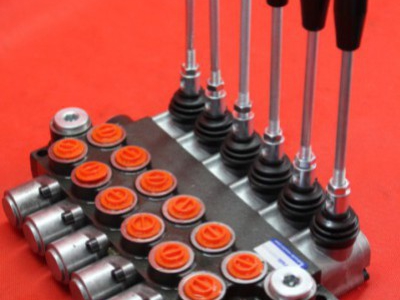Hydraulic valve
Hydraulic valve is a mechanical device that opens and closes to control the flow of air or liquid. Hydraulic valves are used in virtually every industry. This device closes and opens to allow the flow of the medium that moves the actuators and loads.
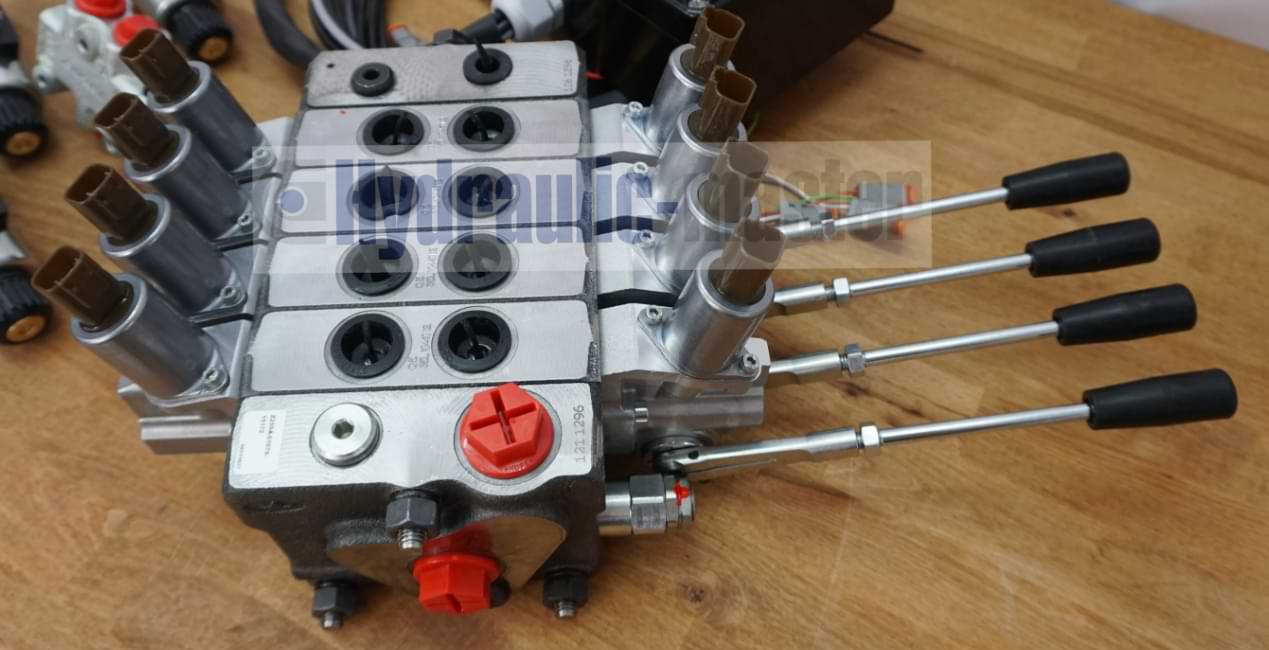 |
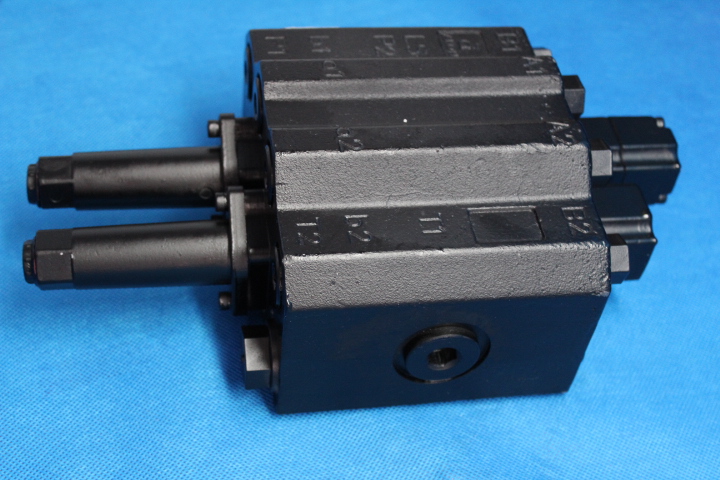 |
Hydraulic valve can be operated mechanically - using a handle, knob or cam - or it can be electrically controlled. The electrically controlled valves are activated by a pilot (air or hydraulic pressure activates the valve) or they are solenoid valves. Sometimes hydraulic valves use fluid pressure in the circuit to enable automatic valve actuation - safety valves are an example.
Hydraulic valve is present in hydraulic systems, and its use depends on their type and construction. The valves are divided into three basic groups: flow direction control valves (hydraulic distributors, shut-off valves), pressure (relief, reducing, switching, regulating valves) or flow rate (throttle valves, flow regulators, flow dividers).
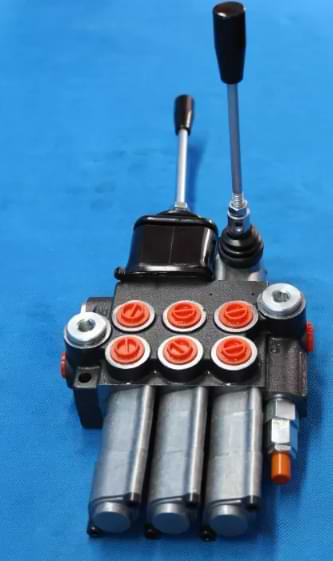 |
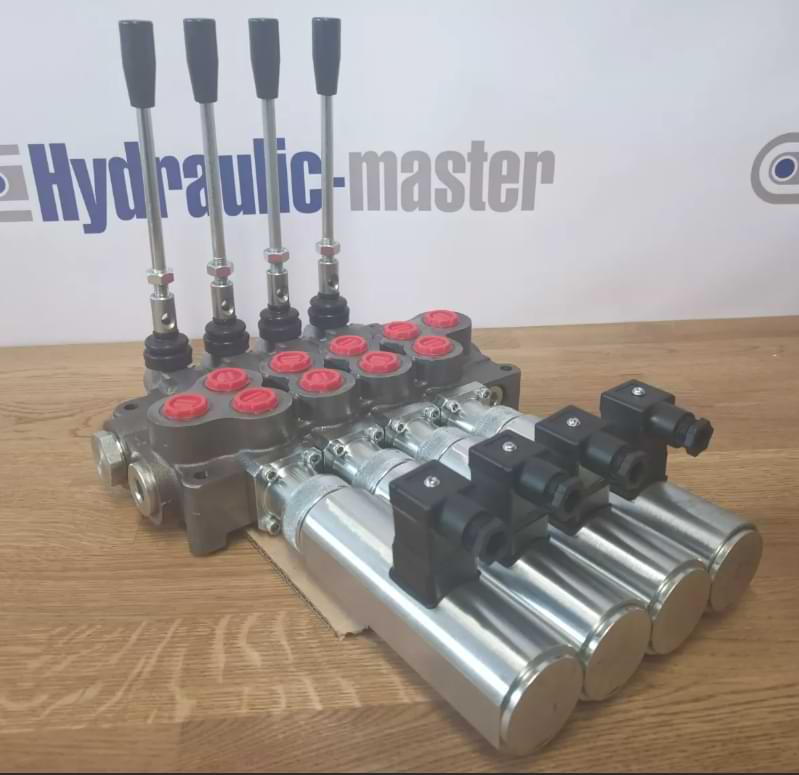 |
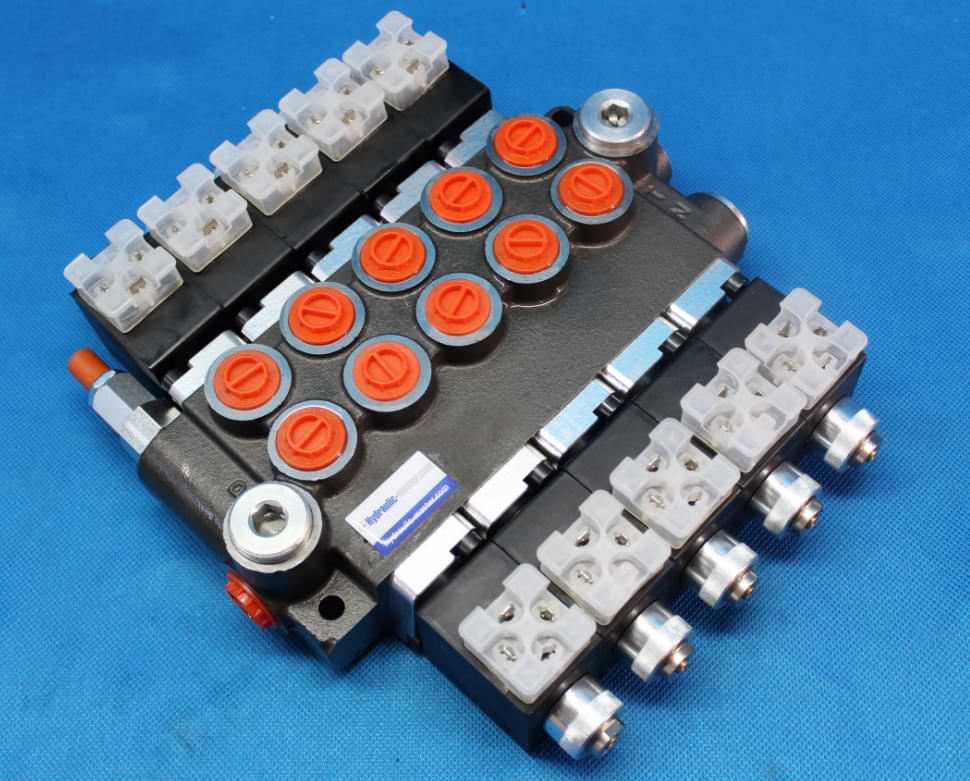 |
There are many types of hydraulic valves, and each type is determined by the way it is started. Valves belonging to the group of solenoid valves can be poppet or slide valves, while each of them can be electrically proportional or controlled by servo. The valves belonging to the group of flow control valves may be hydrostatics, otherwise known as pressure compensators or needle valves. Needle valves can be used to dispense fluid.
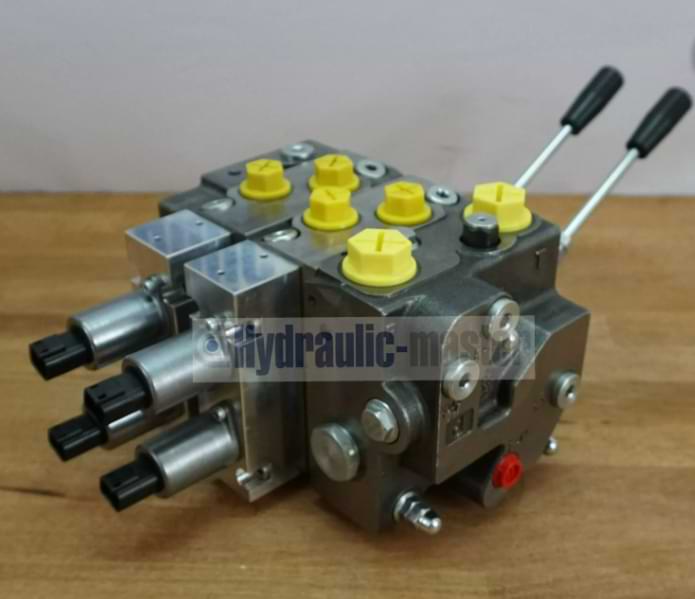 |
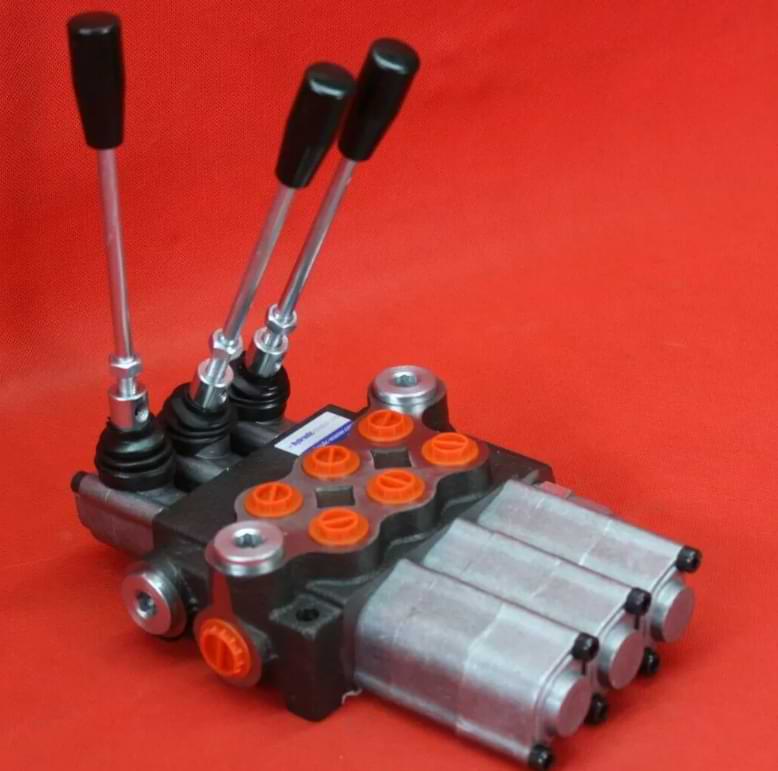 |
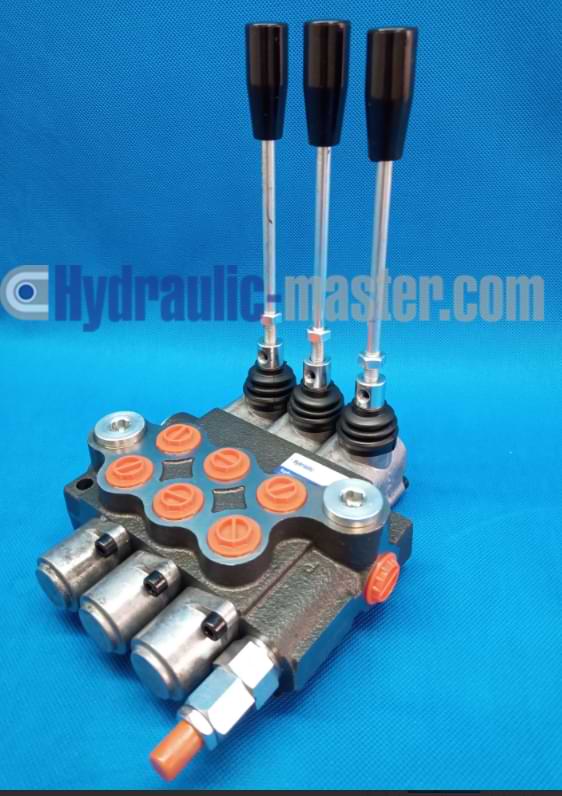 |
The hydraulic valve is responsible for directing the liquid medium relative to the hydraulic system. The hydraulic valve allows the hydraulic system to operate correctly. A hydraulic valve can perform three basic functions, i.e. control pressure, control flow and be responsible for hydraulic directional control.
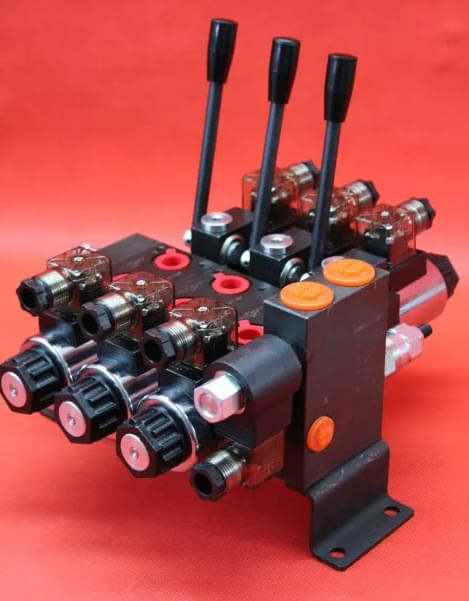 |
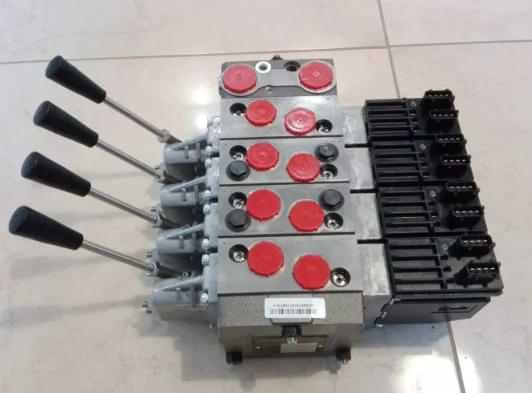 |
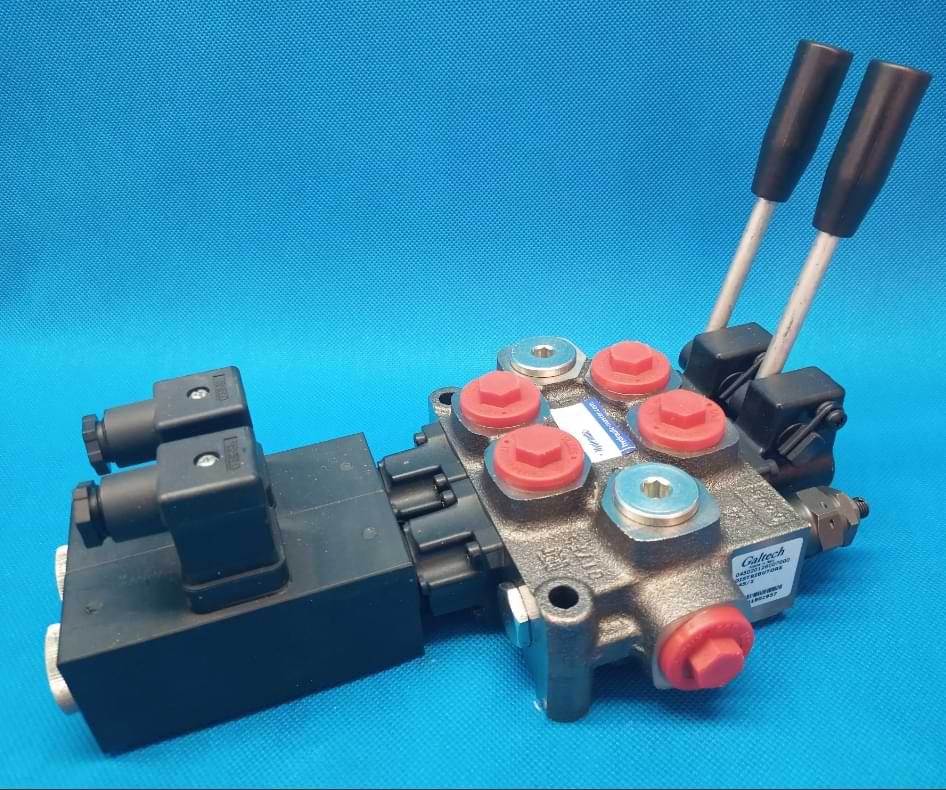 |
Hydraulic valve responsible for controlling the pressure in the system is designed to change and regulate the pressure in the system pipes. The valves in hydraulic system maintain the initial pressure settings that were manually entered by the operator. Pressure changes usually come suddenly and there are various causes that are responsible for pressure changes.
In a situation where the pressure in the system is too high, then the hydraulic valve helps to reduce the pressure, and thus prevents leakage and bursting of the pipes. A hydraulic valve also helps when the system pressure is too low. Then, the pressure is increased by means of pressure valves.

